

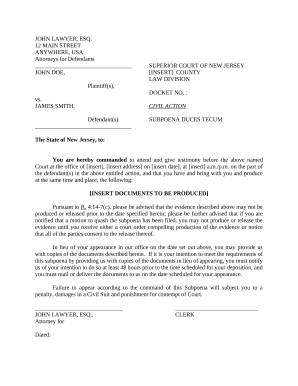
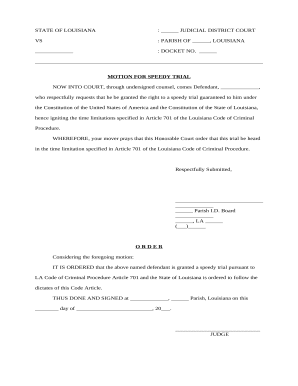
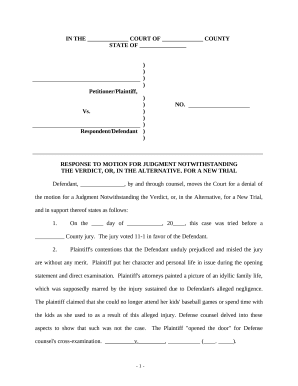

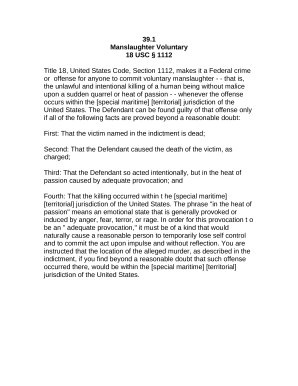




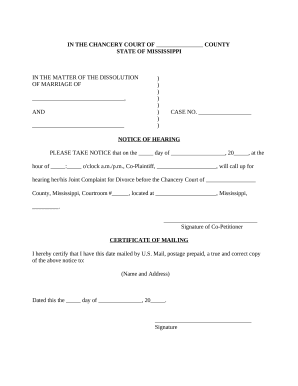

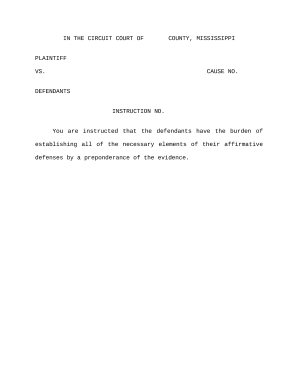
Document managing can stress you when you can’t find all of the documents you need. Fortunately, with DocHub's extensive form library, you can discover all you need and easily deal with it without changing between programs. Get our Trial Procedures and start working with them.
The best way to manage our Trial Procedures using these simple steps:
Try out DocHub and browse our Trial Procedures category with ease. Get your free account today!